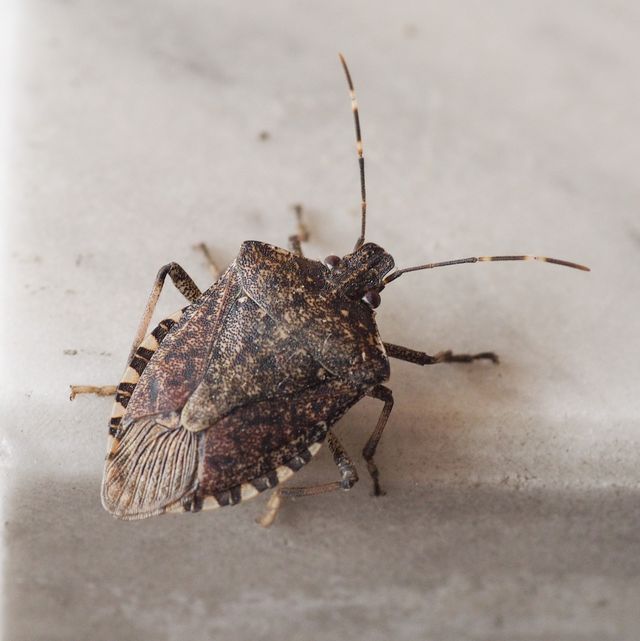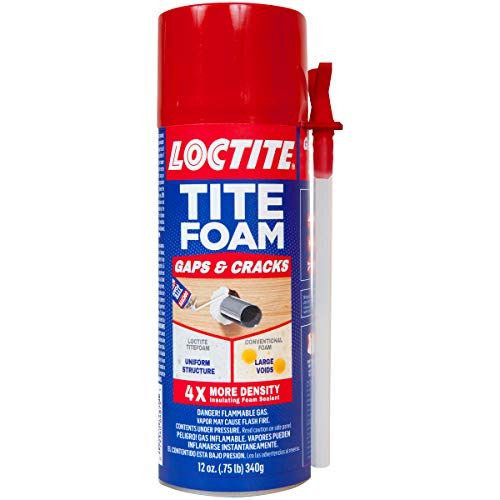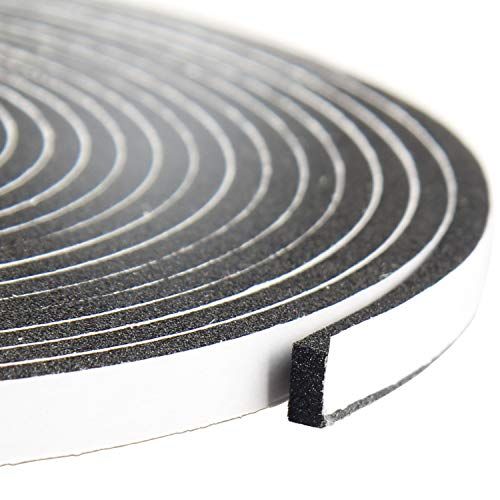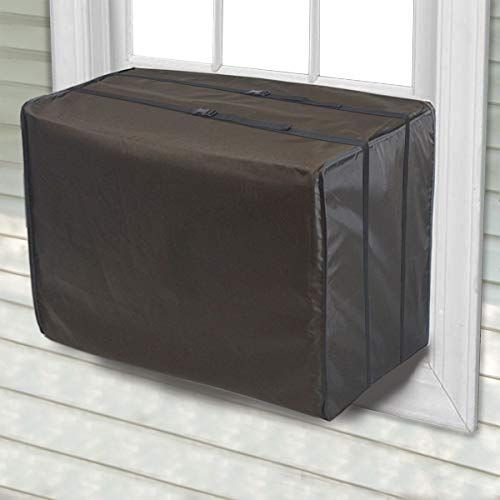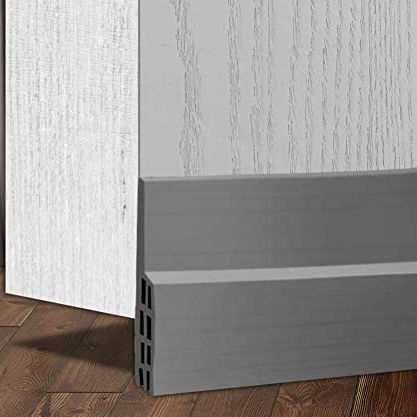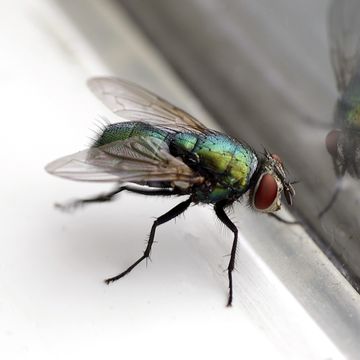As the temperature starts to drop, you may notice more critters than usual making their way into your house. One such insect that loves to invade your space during early autumn? Stink bugs.
We’re not talking about any stink bug, though. Brown marmorated stink bugs—identified by their large size and the marbled pattern on their backs—are particularly troublesome for homeowners (especially in parts of the east coast and Midwestern states). While they won’t bite or harm you, they can be a major nuisance.
Most stink bugs are actually herbivores, so they prefer to feed on plants, fruits, nuts, and seeds. And while that’s good news for you, it’s not ideal if you have a backyard garden or grow crops. “[Stink bugs] can cost millions of dollars in damage, particularly in fruit crops, like apples, peaches, and pears,” says Michael J. Raupp, PhD, professor of entomology at The University of Maryland and creator of Bug of the Week. “They’ll harm tomatoes, berries—so in home vegetable and fruit gardens, they can be significant pests.”
Plus, they like to congregate in really large numbers and they do emit an unusual odor (typically when they feel threatened), says Raupp, so dealing with them can become quite the task if you have a sizable infestation on your hands.
Still, there are a few simple steps you can take to tackle the problem on your own. Here, entomologists (aka bug experts) explain how to get rid of stink bugs—and keep them away from your home.
How to get rid of stink bugs
✔️ Step 1: Catch the stink bugs.
You may be tempted to reach for some kind of spray or pesticide to catch and kill stink bugs, but all of the entomologists we talked to say these products aren’t worth it. “We do not recommend sprays for household nuisance pests, like stink bugs or ladybugs, as there is no specific area to apply these chemicals, and the likelihood of the insects coming into contact with the chemical is unpredictable,” explains Matthew Bertone, PhD, entomologist and director of the Plant Disease and Insect Clinic at North Carolina State University.
“From my experience, all of the products will be about equally mediocre in stopping them,” adds Michael Waldvogel, PhD, an entomologist who specializes in the management of structural and industrial pests at North Carolina State University. He emphasizes that the pesticides used in many sprays aimed at stink bugs can potentially lead to safety issues when sprayed in or outside of the home (especially if you have kids or pets running around).
The best way to catch stink bugs? Simply use your vacuum cleaner to suck them up if they’re present in large numbers, both Raupp and Bertone suggest. If you’re only dealing with a couple and don’t want to touch them, you can make a “trap” with a water bottle by cutting the top off, flipping it over into the bottle, and creating a funnel to scoop them up in (see how to do it in the video above).
✔️ Step 2: Discard the stink bugs.
Once you catch them, you can finally get rid of the stink bugs. As tempting as it may be, flushing them down the toilet is a major waste of water, Raupp says, and there are more environmentally friendly ways to dispose them.
If you have just a few, you can simply throw them in a sealable plastic bag and put them in the freezer. After that, you can return the stink bugs back into the environment or dump them into a compost pile, Raupp says.
If the idea of bugs in your fridge freaks you out or you have a large number of them, dump them in a bucket of soapy water, which will drown and kill them.
✔️ Step 3: Keep the stink bugs away.
There are commercial stink bug traps that you can place in your garden to keep the pests away from your fruits and vegetables, and they do catch and kill large numbers of them. However, Raupp admits that there isn’t a ton of scientific evidence proving that they actually prevent stink bugs from entering your home.
Stink bugs like to come in through loose siding, vents, window and door cracks, and beneath shutters. They’ll be most attracted to the attic in early autumn (since the area is cool for their hibernation-like period) and start heading downstairs as they try to exit come February and March, says Raupp. So, your best bet is to make a few simple upgrades to ensure every entry point—such as openings, cracks, or holes—is patched and sealed up.
Not only will this keep stink bugs out, but it will shave dollars off your utility bills. “Anything that’s going to be really good for energy conservation is going to be really good for stink bug exclusion,” Raupp says, including the following fixes:
- Seal up cracks, crevices, and any openings around utility boxes, windows, screens, or vents using caulk or foam sealant.
- Insulate windows and doors using weather stripping foam tape.
- Place screens over vents and crawl spaces.
- Cover your air conditioner if you have a window unit, and caulk around any cracks and crevices.
- Invest in door sweeps or stoppers for any entrances that lead outdoors.
You can also reach out to a pest management service for additional support if you have trouble controlling the issue on your own. While professionals can definitely decrease the number of stink bugs on your property, there’s still no guarantee they can stop them from invading your home completely without taking preventative measures, Waldvogel says.
“It’s a matter of how much the insects ‘bug you,’” he adds. “Shorter days and colder temperatures will bring the outdoor activity to a halt over time.”
Stay updated on the latest science-backed health, fitness, and nutrition news by signing up for the Prevention.com newsletter here. For added fun, follow us on Instagram.
Alisa Hrustic is the deputy editor at Prevention, where she leads the brand’s digital editorial strategy. She’s spent the last five years interviewing top medical experts, interpreting peer-reviewed studies, and reporting on health, nutrition, weight loss, and fitness trends for national brands like Women’s Health and Men’s Health. She spends most of her days diving into the latest wellness trends, writing and editing stories about health conditions, testing skincare products, and trying to understand the next greatest internet obsession.
